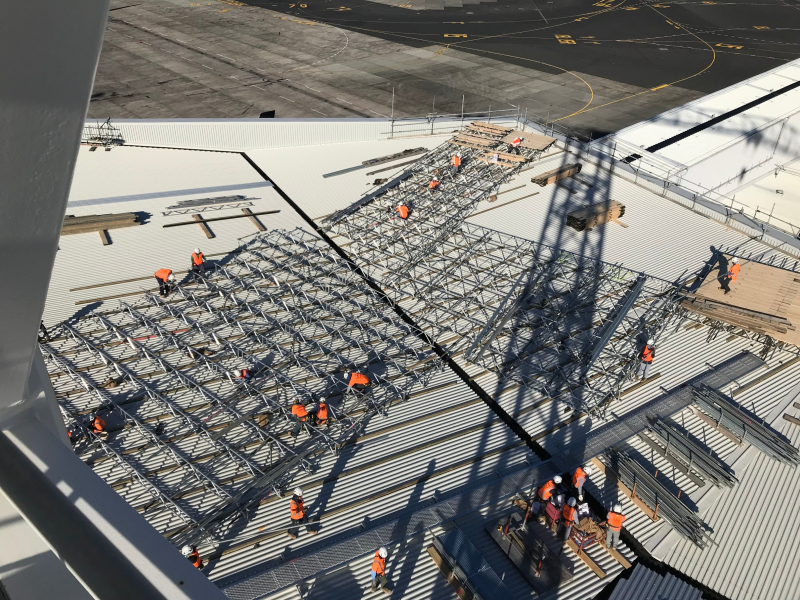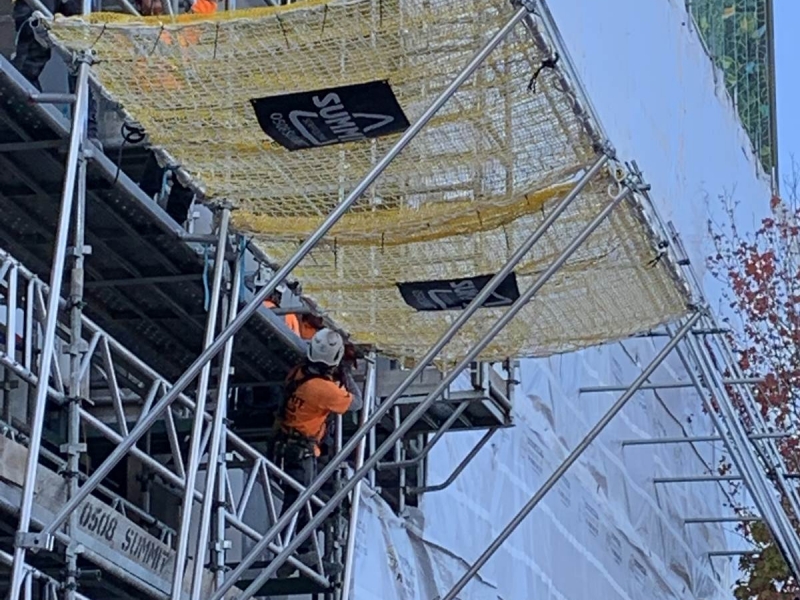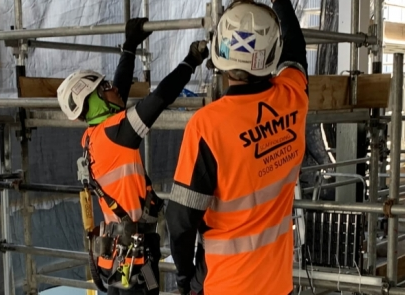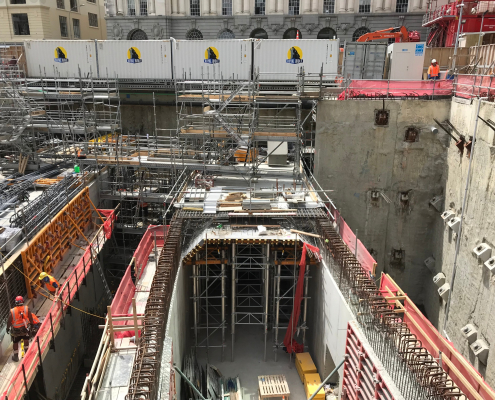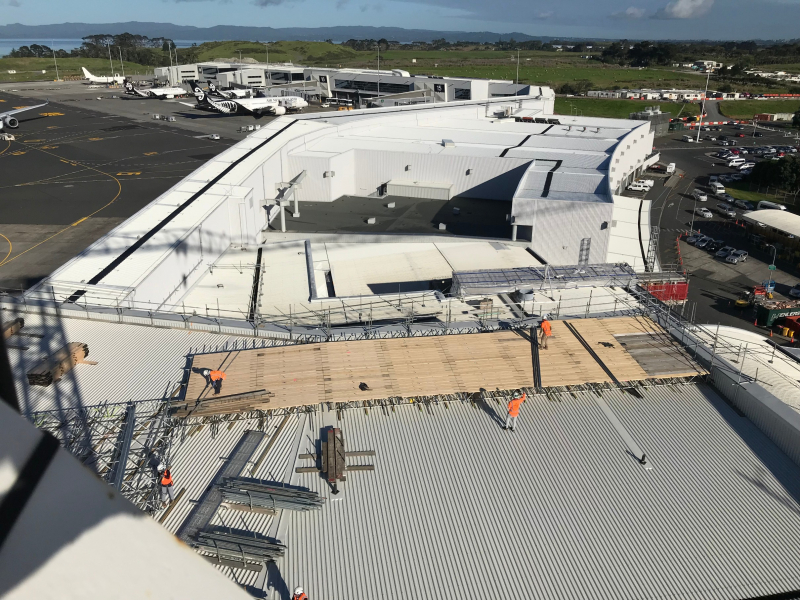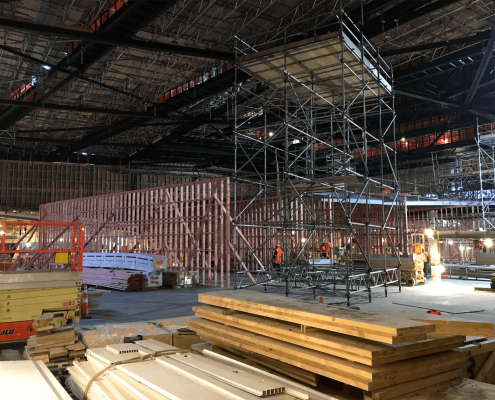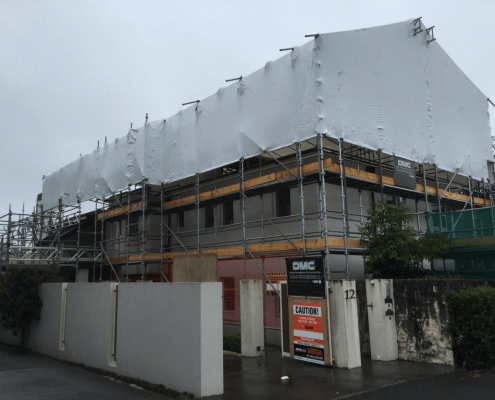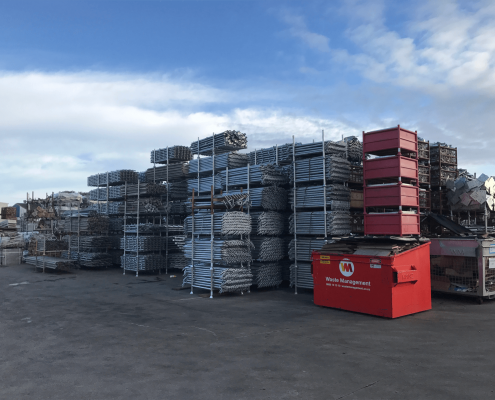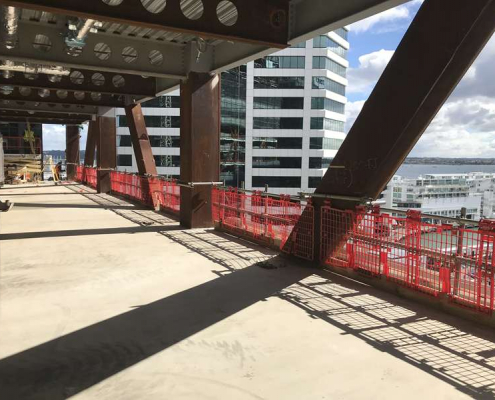Summit’s processes flow like a well-oiled machine. From the first point of client contact to the dismantling of scaffolding at the end of each assignment, our team know exactly how to perform. Detailed health and safety knowledge and communication between all affected personnel allow Summit to move forward on projects promptly, unhindered by unforeseen issues.
To make progress in such a cohesive manner, our team members undergo extensive training. We run a top-class training program and employment contract system which has cultivated a competent team of certified scaffolders and National Certificate in Advanced Scaffolding-certified supervisors. In addition, we also offer training qualifications such as First Aid, Mobile Elevating Work Platforms (MEWP), and Confined Space which help Summit meet our obligations under the Health and Safety in Employment Act 1992 (HSE Act), and the Health and Safety in Regulations 1995 (HSE Regulations).
For example, preventing falls when working at height means assessing risks and hazards, accessing the correct equipment to use, and planning a safe approach with robust systems in place.
For Summit, this might include PPE, edge protection, temporary work platforms, total restraint systems, harnesses, or nets – all tools which give us the capability and flexibility to supply access solutions to any project in the safest possible manner.
We are obliged to follow through with compliance on:
• The Health and Safety at Work Act 2015 (HSWA)
• The Health and Safety in Employment Regulations 1995 (HSE Regulations)
• Health and Safety at Work (General Risk and Workplace Management) Regulations 2016 (GRWM Regulations)
• SARNZ Good Practice Guidelines for Scaffolding in New Zealand 2016.
Health and Safety Handbook
Click here to download the Health and Safety Handbook as a PDF

